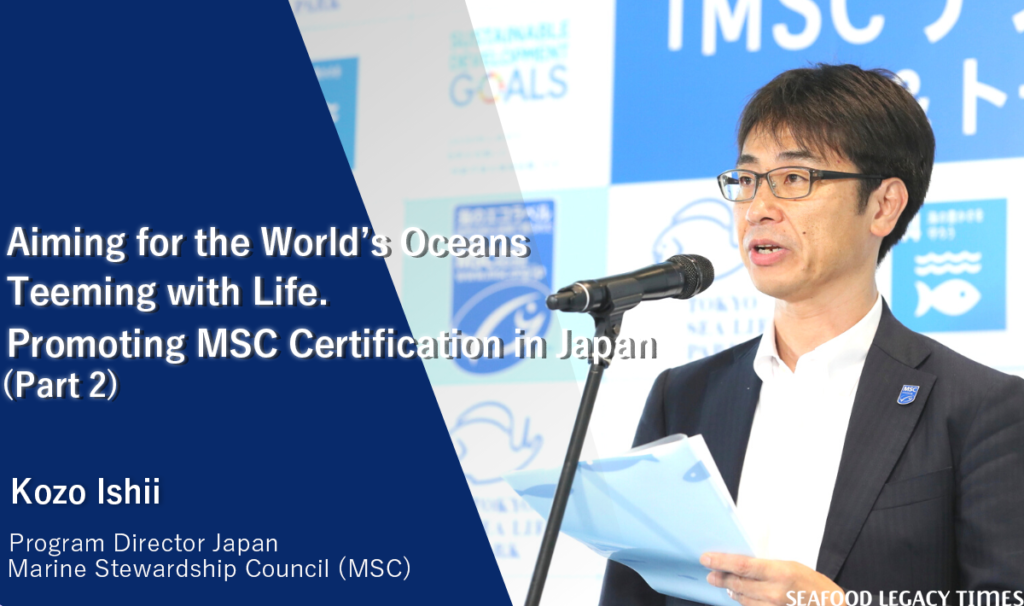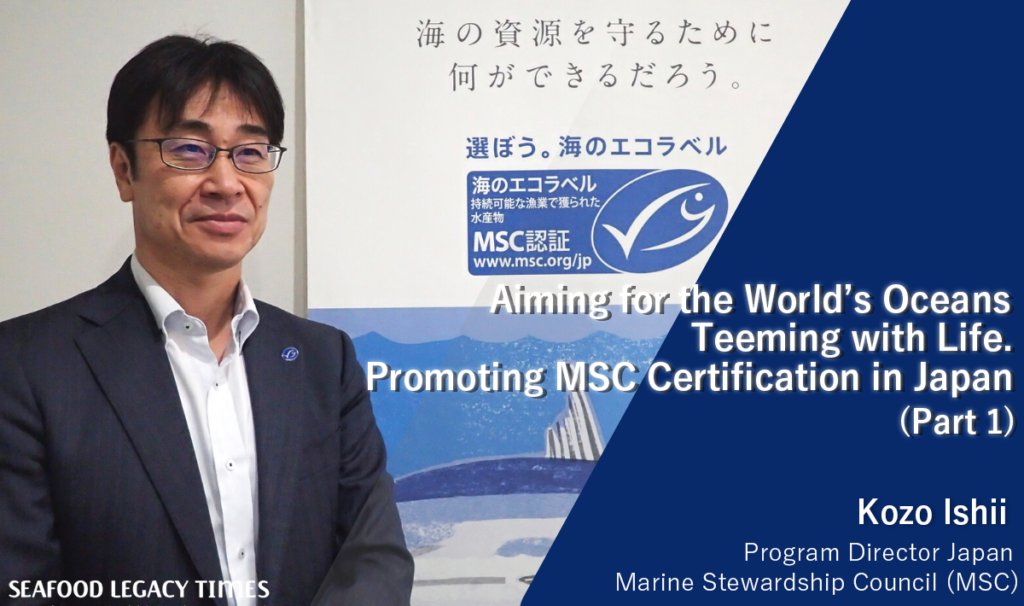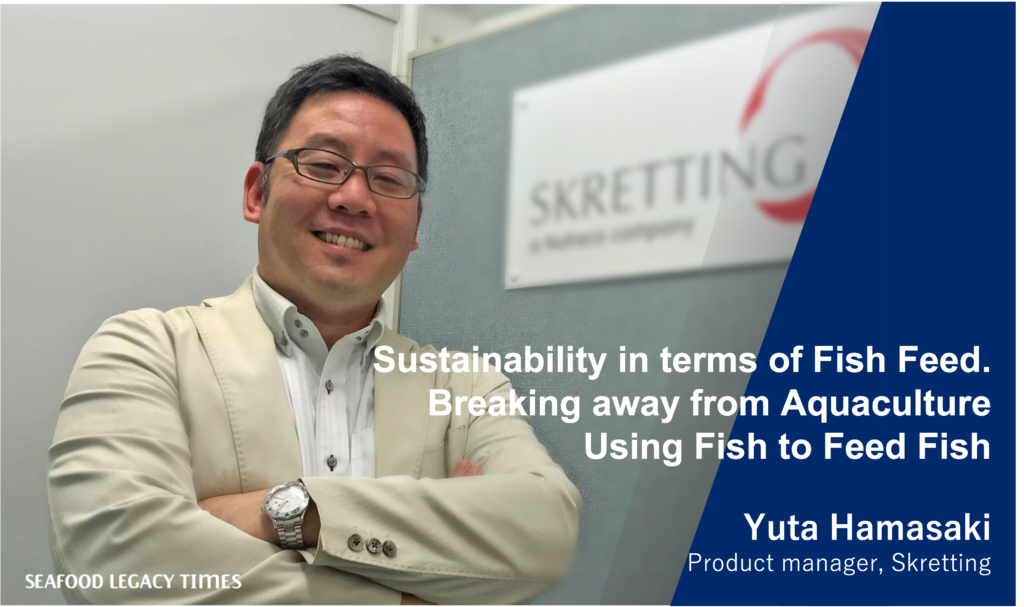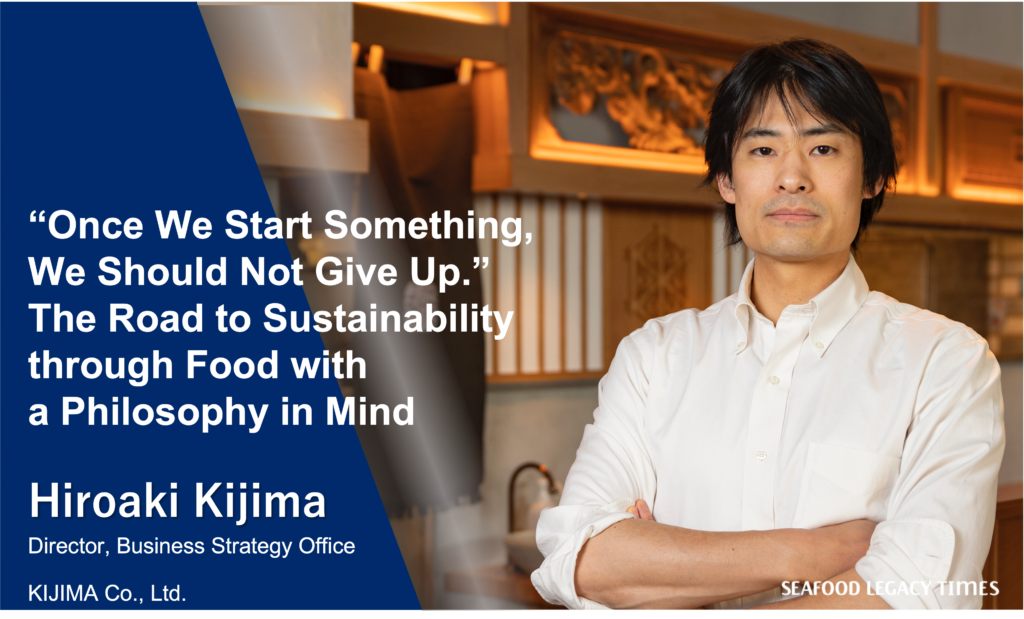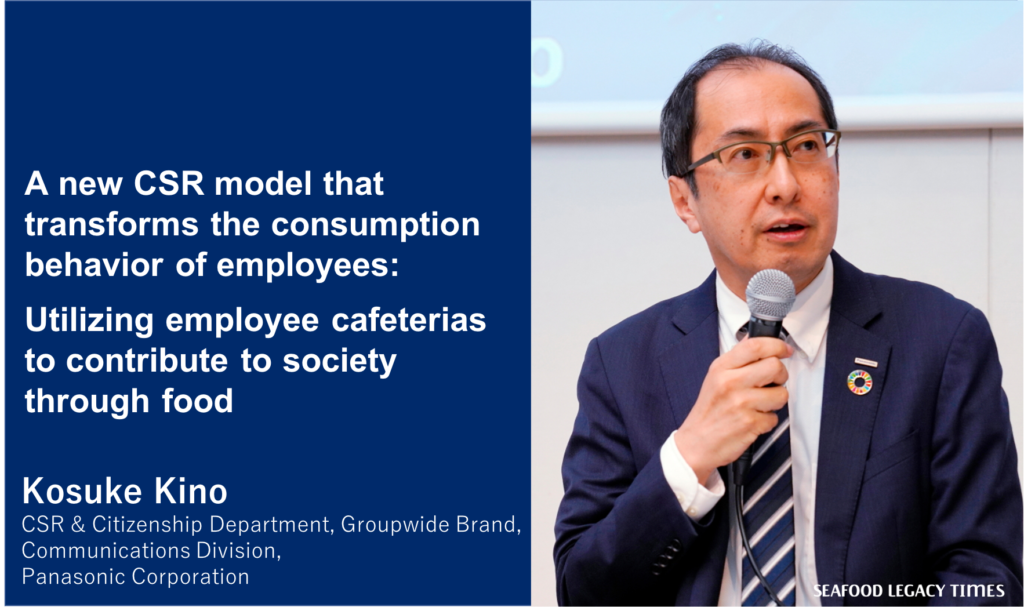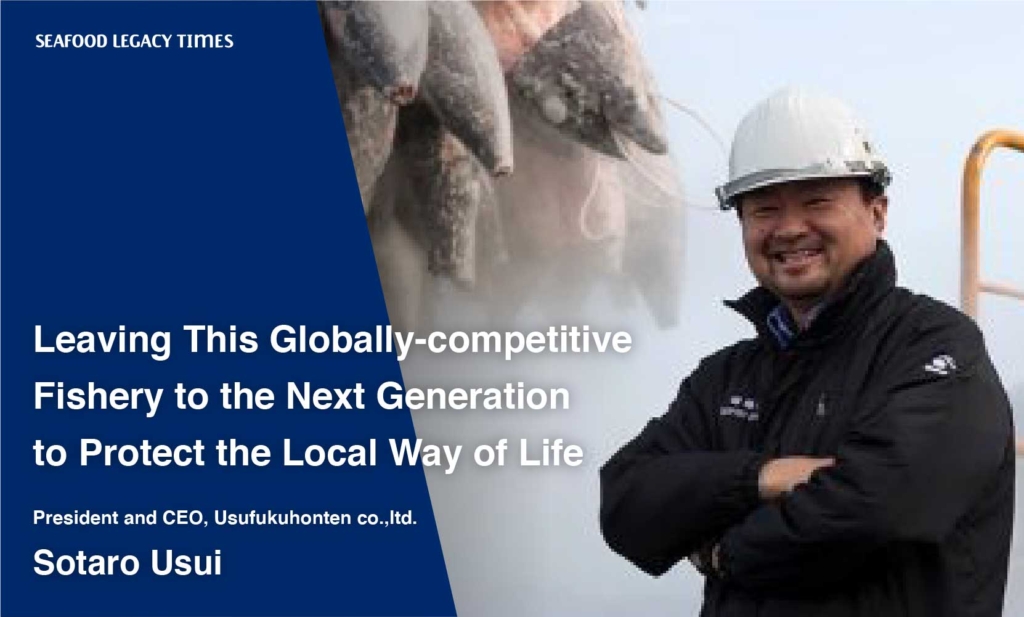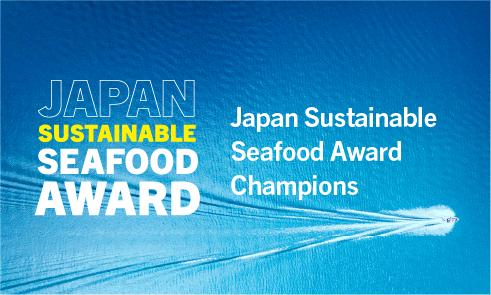

2023 has seen major diplomatic progress on several global planetary problems, such as the High Seas Treaty, the global Plastics Treaty and a start to the implementation of the long-awaited Kunming-Montreal Global Biodiversity Framework.
Ocean health is a huge part of each of these international agreements, and – if implemented as planned – they will go a long way to ensuring a healthy and productive marine ecosystem for future generations.
However, 2023 has also seen some alarming real-world developments demonstrating the urgency of action required, including a first framework update of the nine planetary boundaries. This research highlights that six of the nine boundaries are already transgressed, suggesting that Earth is now well outside of the safe operating space for humanity. One of the core boundaries – biosphere integrity – is rapidly deteriorating toward a tipping point, presenting increasing and systemically linked risks for all of humanity.
In the ocean, the main driver of biodiversity loss is industrial overfishing. Seafood is one of the most highly traded commodities across the globe, and demand for it is growing. In 2020, annual seafood production was worth approximately US $406 billion¹, and by 2050 global demand for aquatic foods (fish, seafood and seaweed) is set to nearly double². However, approximately US $1.93 – 2.89 trillion of seafood-related assets and revenue may be at risk over the next 15 years as a result of the damage done to our ocean by excessive fishing efforts, reductions in habitat quality (coral reefs and mangroves), nutrient pollution, and disease outbreaks³.

In order to move from a current harmful path risking earth system collapse, an urgent transition toward sustainable seafood production is needed. For seafood companies and their investors, better understanding of their impacts and dependencies on nature, and mitigating their exposure to these potential risks, are therefore mission critical.
In order to guide banks, insurers and investors in supporting this transition, the UN Environment Finance Initiative (UNEP FI) hosts the Sustainable Blue Economy Finance Initiative. As part of our membership network, over 50 private and public finance-sector players, with a total asset size of US$11trn, consider the health of our ocean crucial enough to their business and overall strategy to get involved in UNEP FI’s Sustainable Blue Economy Finance Principles—the world’s first high-level framework to align capital flows with Sustainable Development Goal 14 on ocean conservation and sustainability.
In practice, for financial institutions this means implementing global “blue finance” guidance and criteria across their lines of business. Dedicated guidelines and recommendations on seafood finance were launched in 2021. This gives examples of which activities across wild-capture fisheries, aquaculture and along the associated processing value chain should not be financed any longer, due to their high risk and social and environmental harm, and which activities can be seen as best practices across the sector and therefore present opportunities for investment and lending decisions.
In order to move from guidelines toward action, March 2023 has seen the launch of a collaborative investor engagement initiative jointly led by FAIRR, UNEP FI, WWF, Planet Tracker and the World Benchmarking Alliance. This collaborative investor engagement aims to put various seafood finance resources existing in the market to action by encouraging major seafood companies to develop and implement robust, full-chain traceability systems as a means of identifying and addressing key environmental and social risks – such as illegal, unreported and unregulated (IUU) fishing, overfishing, habitat conversion and human rights issues – and unlocking sustainable opportunities, in global seafood supply chains.

Full-chain traceability could unlock a huge amount of opportunity, enabling seafood companies to validate sustainability claims and satisfy the growing demand for sustainable seafood, while also increasing their operational efficiency with more and better data. Research by Planet Tracker found that just a small investment in the right seafood traceability systems – as little as 1% of total seafood sales on average – could boost the industry’s profitability by 60%, by helping to cut spending on food recalls and food waste, while strengthening brand reputation and enhancing regulatory compliance. This could then unlock a predicted US $600 billion increase in the valuations of global seafood supply chain companies¹.
However, real challenges to achieving full-chain traceability remain – from system implementation costs, to supply chain gaps, to poor data capture and management, to lack of interoperability between companies due to incompatible systems.
Fortunately, there appears to be increasing industry consensus that the benefits of investing in traceability systems outweigh the costs as demonstrated by a growing number of public commitments to traceable seafood and participation in pre-competitive industry platforms such as SeaBOS, the Global Dialogue on Seafood Traceability (GDST), and the Seafood Taskforce². The World Benchmarking Alliance’s Seafood Stewardship Index (SSI) shows this growing number of public commitments as the number of companies committed to achieve traceable seafood supply chains increased from 40% of SSI companies in 2019 to 50% in 2021³.
The multi-stakeholder collaborative engagement is currently open for sign on to all institutional investors until 15th December 2023. Investors can register their interest by completing the Investor Signatory Survey. By signing up, you can gain access to pertinent information and be able to attend meetings.
Seeing this momentum, I am hopeful that 2023 will also be a year of seafood sustainability action for financial institutions and I encourage any investor with an interest or exposure to the seafood value chain to join this market-leading initiative. Getting seafood companies to improve their approach to marine biodiversity will be a first step in attempting to get below at least one of the nine planetary boundaries. We look forward to taking the first step with you.
Dennis Fritsch,
Associate Nature Lead, UNEP FI










-1024x606.png)



_-1024x606.png)


















1_修正524-1024x606.png)















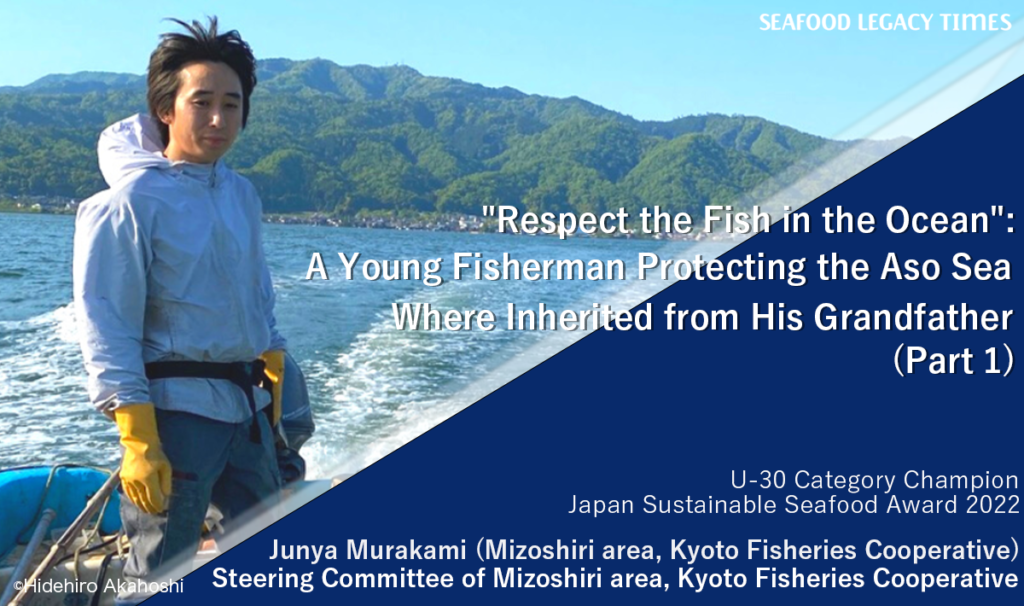
.2-1024x606.png)

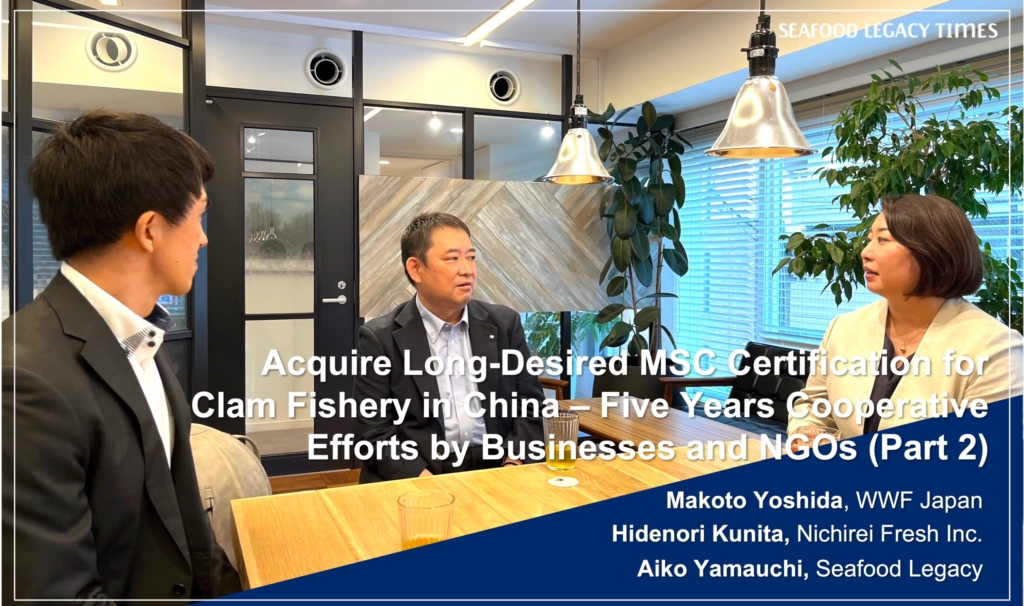











2-1024x606.png)
-1-1024x606.png)
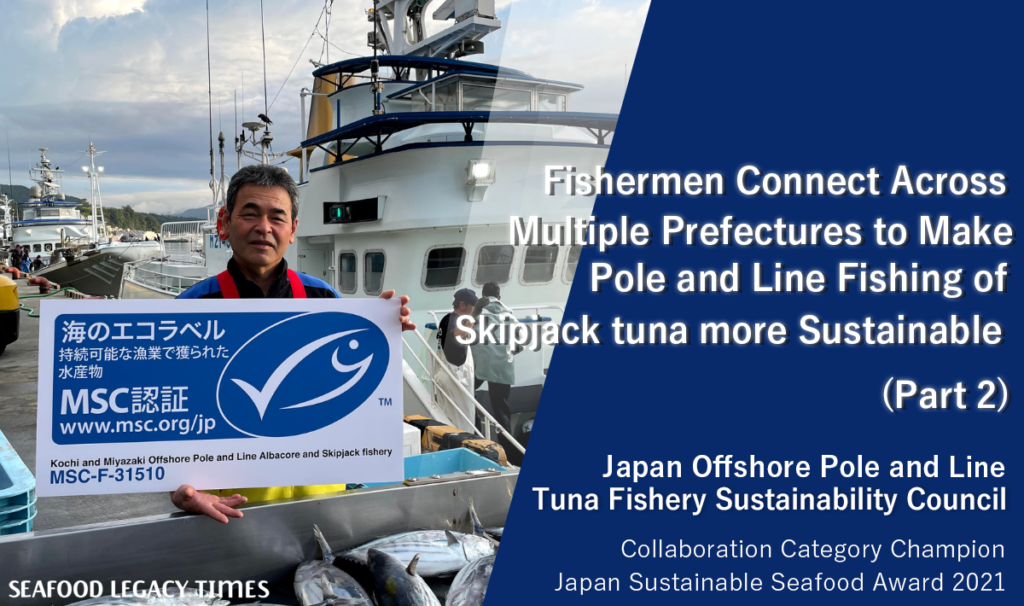
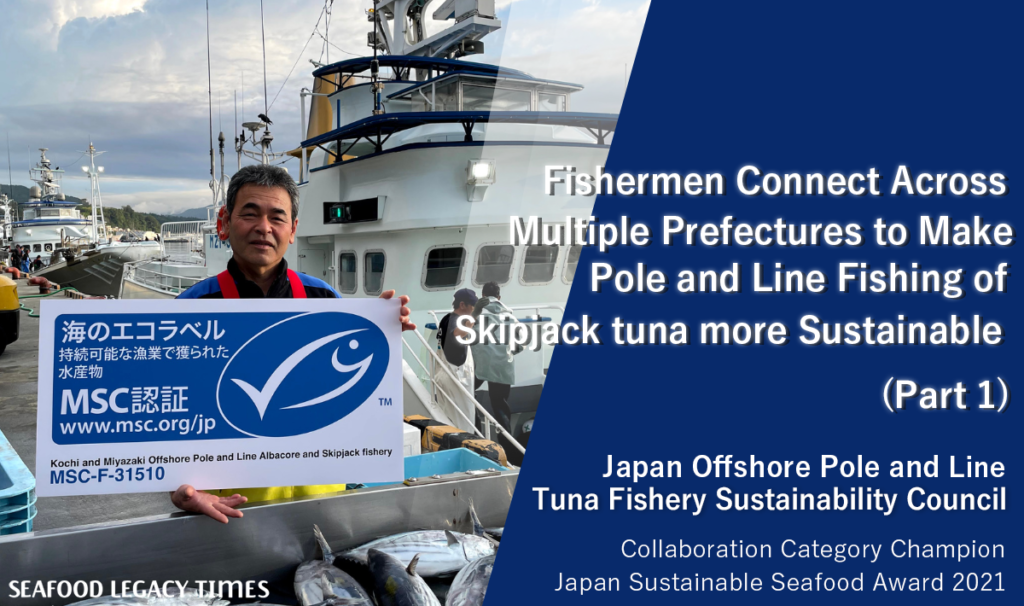


Part2-1024x606.png)
Part1-1024x606.png)
